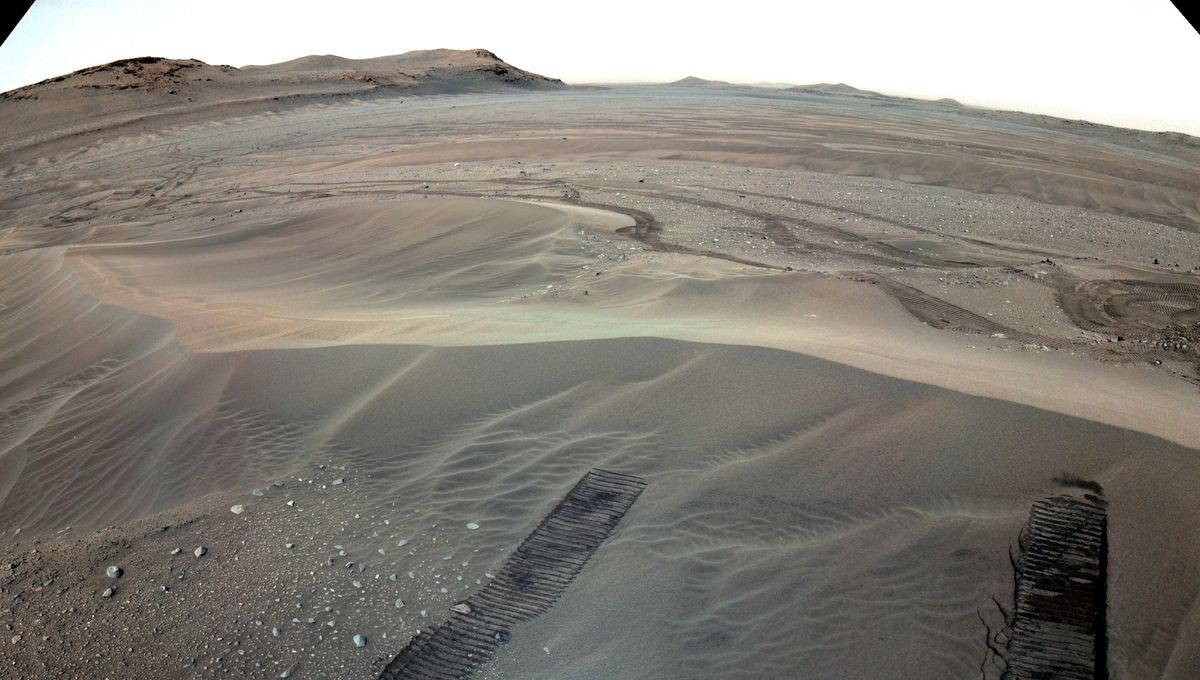
NASA’s Perseverance has been doing some pretty awesome science on Jezero Crater – but the industrious rover is also looking at the future, collecting samples that will be taken to Earth in the next decade. It has started planning how to build the first extraterrestrial stash for the Mars Sample Return mission.
This extraterrestrial depot will host a backup copy of the samples that will be kept on Perseverance. The rover is expected to deliver the samples stored there, but the duplicates will be picked up by two brand-new Martian helicopters similar in design and scope to Ingenuity, Perseverance’s flying companion.
For this reason, the duplicate sample tubes collected so far cannot just be dumped in a big pile. The helicopter can only deal with one canister at a time, and they need to have a pretty flat landing site with not many rocks.
“Up to now, Mars missions required just one good landing zone; we need 11,” Richard Cook, Mars Sample Return program manager at NASA’s Jet Propulsion Laboratory, said in a statement. “The first one is for the Sample Retrieval Lander, but then we need 10 more in the vicinity for our Sample Recovery Helicopters to perform takeoffs and landings, and driving too.”
Perseverance is now studying the area around the so-called Three Forks to create a zigzag pattern of drop zones: One for each sample, each about 5.5 meters (18 feet) in diameter. Eventually, the full set will have the samples spaced by 5 to 15 meters (16 to 49 feet). The placement will be an intricate job that will take several weeks – but it will be worth it when those samples are brought back to Earth in 2033.
“The samples for this depot – and the duplicates held aboard Perseverance – are an incredible set representative of the area explored during the prime mission,” added Meenakshi Wadhwa, the Mars Sample Return program principal scientist from Arizona State University. “We not only have igneous and sedimentary rocks that record at least two and possibly four or even more distinct styles of aqueous alteration, but also regolith, atmosphere, and a witness tube.”
On January 6, Perseverance will end its formal primary mission having spent a full Martian year (687 days) on the Red Planet. It will then begin its extended mission, the first goal of which is the exploration of the top of the Delta of the ancient river that brought water, rocks, and sediments into Jezero Crater billions of years ago.
The Delta Top Campaign is expected to last eight months.
Source Link: NASA’s Perseverance Drops Sample In First Extraterrestrial Stash